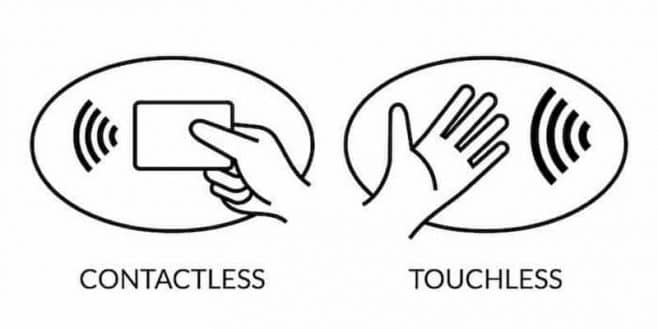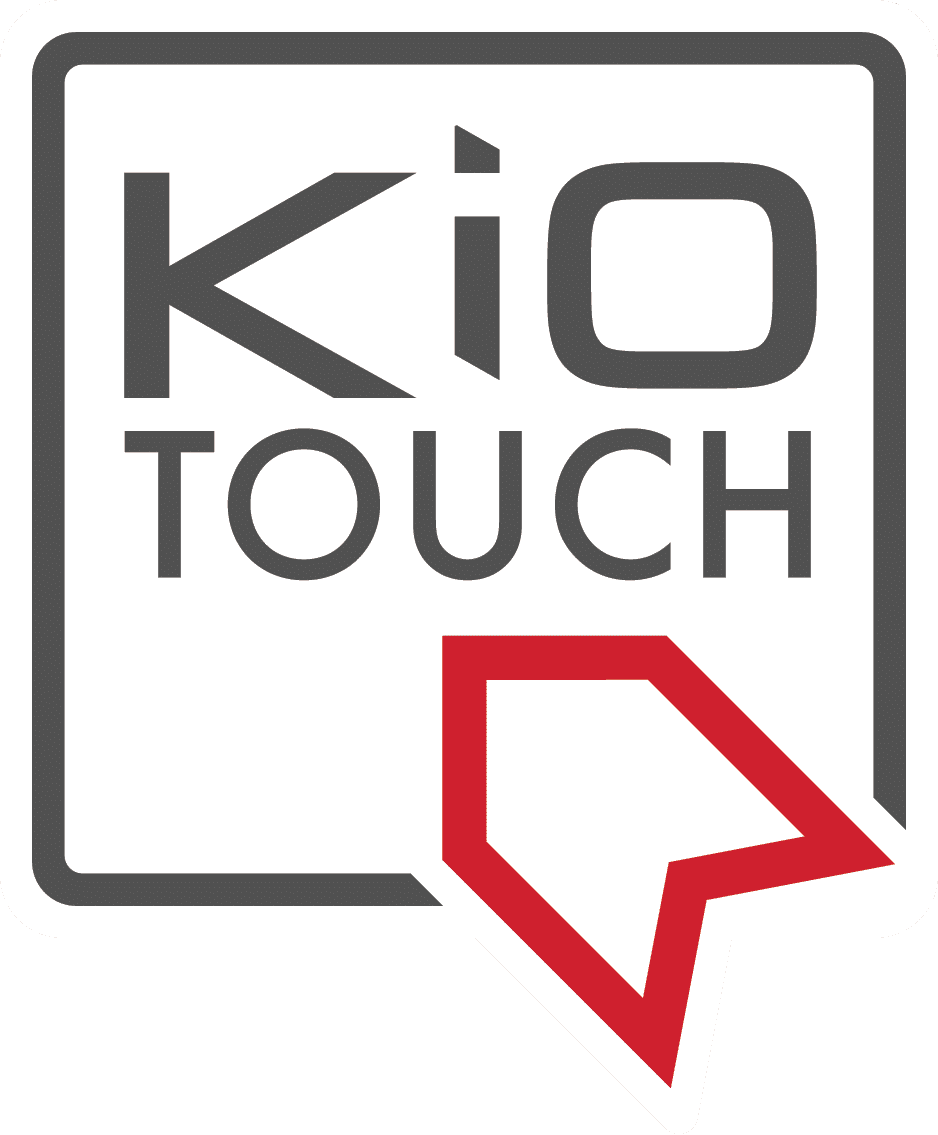
KioWare Touchless Touch Screen Kiosk Software
News release by KioWare 10/22/2020
In 2019 a study showed just how unsanitary quick-service restaurant kiosks are and how kiosks can put customers at risk for picking up a range of harmful bacteria. Shortly after this study was released the development team at KioWare began designing KioTouch, a touchless kiosk interface. Using KioTouch, the user of a kiosk would scan a QR code generated on the attract screen and then be empowered to use their mobile device as a trackpad-style mouse to interact with the kiosk’s program.
Moving out of development and into the release phase, KioWare was focused primarily on the features that made KioTouch unique as it related to the safety aspect of a touchless interface. However, we left the door open for this touchless tool to evolve and grow beyond its purpose as a more sanitary interface with shared devices and self-service kiosks. After a handful of demonstrations with prospective clients, we received feedback that allowed us to reframe just what KioTouch is and what it is capable of in real-world application.
For instance, because users scan a QR code to interface with the kiosk through a mobile device, they do not need to be directly in front of the kiosk. This means a company could implement a display that faces out of the building that customers could use even when the business is closed. This is beneficial on many levels because not only does it give customers access to some of the same information and services that they would have if the business was open, but it also alleviates congestion and overcrowding within the facility while it is operational. This is crucial in a society dealing with a pandemic-like COVID-19 and keeping people as socially distanced as possible.
That is just one alternate use though.
Suppose a business has digital displays, but they are static and unable to be used without adding hardware such as a mouse and/or keyboard or replacing the existing display with a touchscreen display. KioTouch requires no hardware retrofits of any kind. This means that taking a static display and installing KioTouch would effectively give it the same functionality as an interactive touchscreen display, without the physical interface. The benefits stack as not only is KioTouch more sanitary than using a touchscreen interface, but also it has the potential to save a company thousands of dollars in hardware costs related to replacing static displays with interactive touchscreen displays. KioTouch helps in lessening the spread of bacteria as well as helping to keep costs down while adding a new layer of convenience.
Here is a second alternate use for KioTouch.
Businesses that require staff working with customers on the same computer have a safety issue with both a staff member and a customer touching the same computer. Instead, the customer scans a QR code on the computer screen and uses their mobile device to work on the staffer’s computer. Problem solved.
KioTouch was designed and developed by KioWare as a tool to minimize physical contact with shared devices and self-service kiosks to lessen the spread of bacteria, but we are still learning just how capable and powerful KioTouch can be. If you would like to set up a demonstration of KioTouch, please e-mail us at [email protected]. The demonstration is quick and easy as we will share out our computer screen with a QR code displayed that you will scan and take over control of our computer screen. You personally will be able to harness the power of KioTouch through your own personal mobile device.

